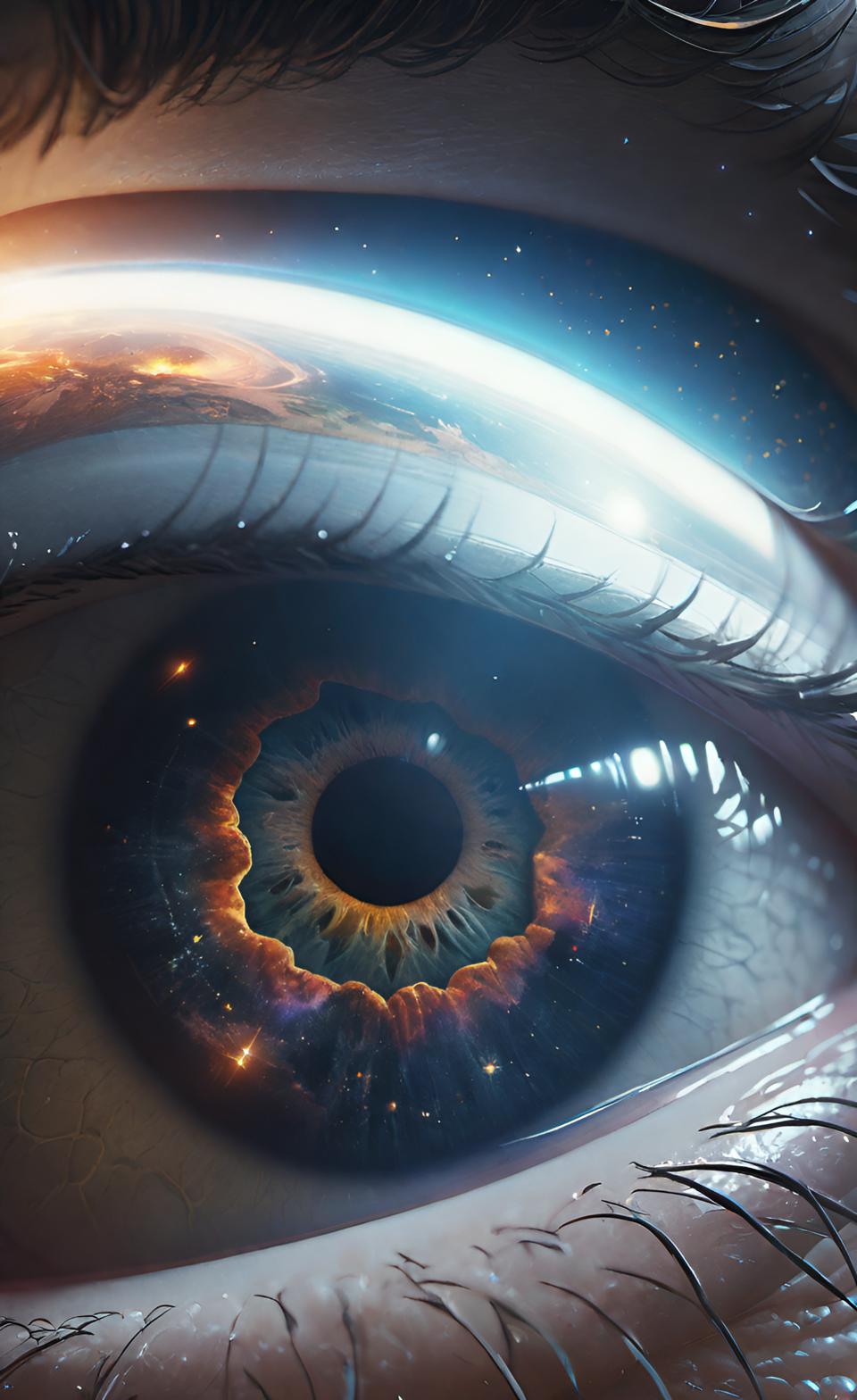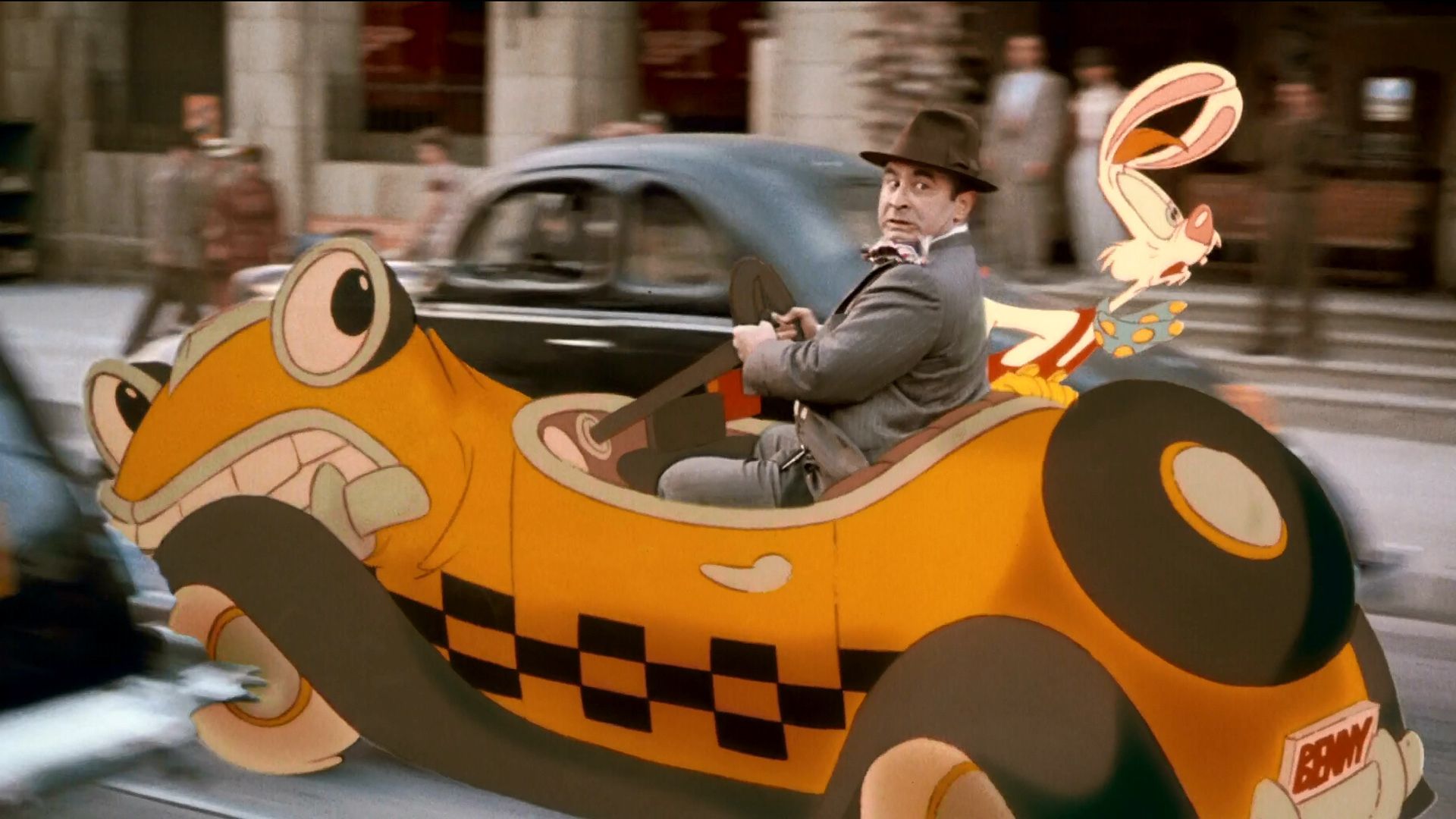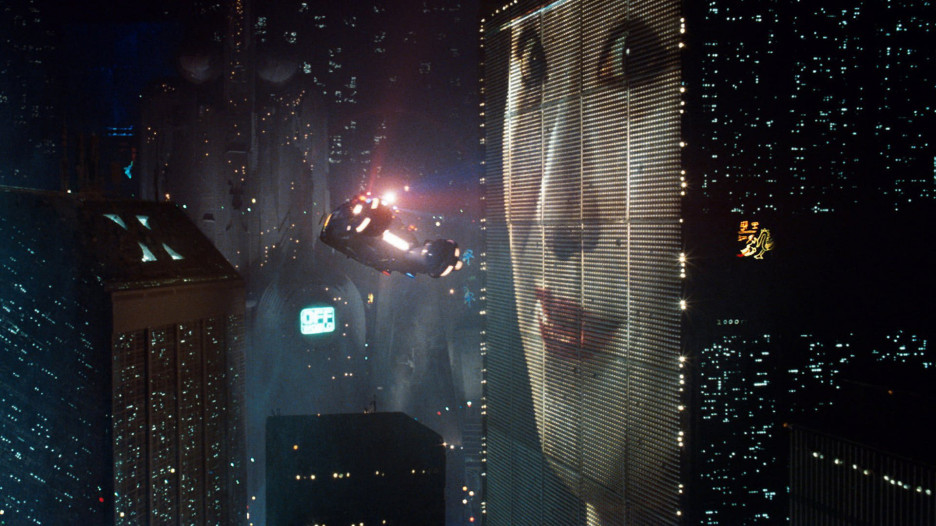Top Five – visually groundbreaking films

Welcome to Slacker Shack‘s selection of five of the most visually groundbreaking films in cinematic history. Films that have reshaped the landscape of cinema and raised the bar for all those who’ve followed. Throughout the history of filmmaking, there have been pivotal moments where technological advancements and artistic ingenuity have converged, leading to revolutionary changes in how stories are told on the silver screen. From pioneering special effects to innovative cinematography techniques, these films have set new standards for visual storytelling and continue to inspire filmmakers and audiences alike. Here’s our hallowed Five…

Kicking off our list at Number Five is Terry Gilliam’s dystopian masterpiece from 1985, “Brazil.” Set in an Orwellian, bureaucratic society, the film transports viewers to a surreal and bleak fantasy world filled with towering skyscrapers, labyrinthine bureaucracy, and bizarre dream sequences. What sets “Brazil” apart is its innovative blend of practical effects and imaginative production design. From the intricate mechanical contraptions to the elaborate costumes, every detail of the film’s nightmarish landscape feels meticulously crafted. Gilliam’s visionary direction, combined with the groundbreaking visual effects, makes “Brazil” a true feast for the eyes.

Our Number Four pick, Robert Zemeckis’ “Who Framed Roger Rabbit” is a groundbreaking blend of live-action and animation that pushed the boundaries of visual effects in filmmaking. And it’s a true one-off (God knows how the makers got the rights to the hundreds of famous cartoon characters all featured for starters). Set in a world where cartoons coexist with humans, the pre-CGI comedy-thriller seamlessly integrates animated characters into live-action settings, creating a vibrant, eye-widening world unlike anything seen before or since. What makes “Who Framed Roger Rabbit” truly groundbreaking is its innovative use of compositing techniques, allowing animated characters to interact convincingly with real-world objects and actors, and the absolutely phenomenal performances of Bob Hoskins and Christopher Lloyd, who turned what could’ve been a expensive mess into a masterpiece.

In at Number Three, Ridley Scott’s “Blade Runner” revolutionized the science fiction genre back in 1982 with its intricate world building and breathtaking depiction of a dystopian future. Set in a neon-soaked, rain-drenched Los Angeles, the film immerses viewers in a world populated by replicants, flying cars, and towering skyscrapers, and its groundbreaking use of miniatures, matte paintings, and practical effects combine to create a futuristic metropolis that feels both bleak and mesmerizing. The film’s iconic visual style, inspired by film noir and Japanese aesthetics, has influenced countless filmmakers and artists since, cementing its status as a timeless classic (even if it did flop when first released).

Our Number Two selection, Orson Welles’ “Citizen Kane” needs no introduction. Renowned for its groundbreaking cinematography and innovative use of lighting and composition the film revolutionised cinema and made Welles a superstar. Set against the backdrop of a newspaper tycoon’s rise and fall, the quasi-biographical film employs deep focus photography and dynamic camera movements to create a sense of depth and complexity completely unseen in cinema at the time. The film’s bold experimentation with camera techniques, from its iconic low-angle shots to its inventive use of chiaroscuro lighting was way ahead of it’s time, and Welles’ visionary direction and Gregg Toland’s pioneering cinematography have inspired generations of filmmakers since.

And our Number One pick… Stanley Kubrick’s “2001: A Space Odyssey” stands as the pinnacle of visual excellence in filmmaking, pushing the boundaries of special effects and technical innovation to create a cinematic experience unlike any other – and one that still takes the breath away over fifty five years after it’s first release. Set against the backdrop of space exploration, the film dazzles viewers with its groundbreaking use of elaborate practical effects, intricate miniatures, and stunning visual design. The film’s unique depiction of space travel, from the iconic spacecraft and HAL, through to the mesmerizing stargate sequence and the slow, haunting way the story unravels, still leaves me in awe after countless viewings. Kubrick’s obsessive and meticulous attention to detail and pioneering use of FX earned the film critical acclaim in 1968 and in the years since it’s solidified its status as one the greatest films ever made, featuring in the top 10 of countless ‘Best of’ film lists time and time again.
So, that’s our five. There are countless others that could easily make the list too – what would make yours?
Leave a comment